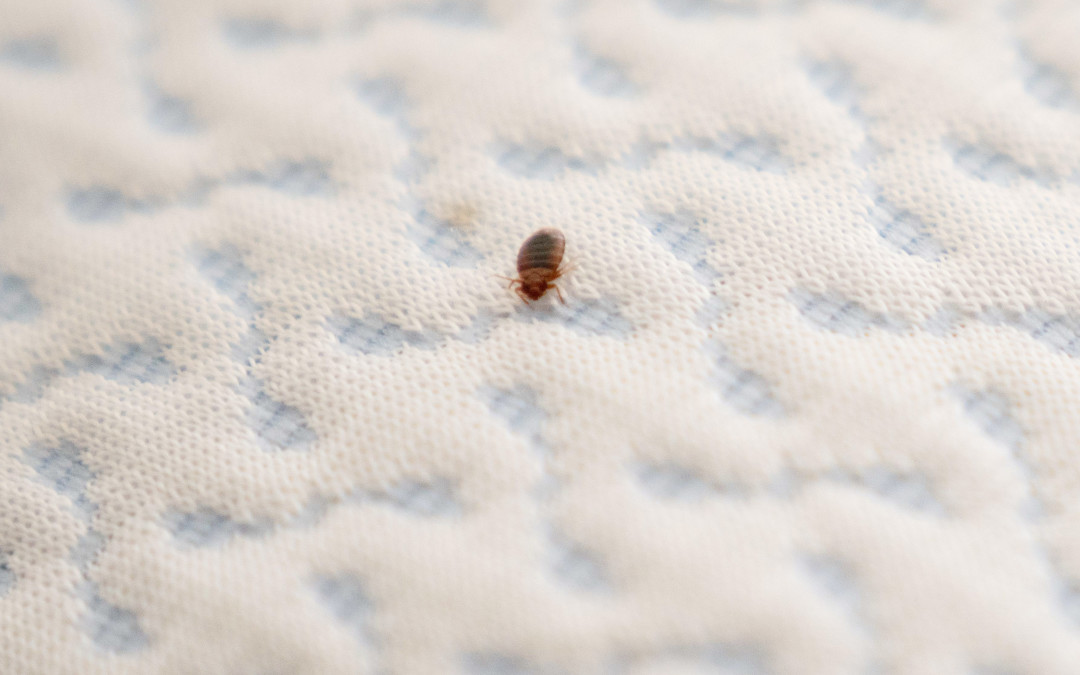Bed bugs were pervasive insect pests in both affluent and impoverished homes throughout the United States well into the 20th century. However, when an insecticide known as DDT was developed and tested on bed bugs during the 1940s, it proved to be highly effective at killing the insect pests. Around a decade after the introduction of DDT, bed bug infestations in the US had become a rarity, and those born between the years of 1960 and 1990 were blessed to have come of age in an era where bed bug pests were largely unheard of. As everyone is surely aware, bed bugs made a forceful comeback during the late 1990s, and by the late 2000s, bed bugs had largely regained their status as the world’s most dreaded insect pests.
DDT was outlawed in 1972 for environmental and public health reasons, long before bed bug pests reemerged in massive numbers in the US. Despite this, some members of the public, and even some experts, claim that the current bed bug scourge could be eradicated entirely throughout the US if DDT were to be reintroduced as a temporary method of bed bug control. This sentiment is understandable, as a recent nationwide survey revealed that more than 80 percent of all US homeowners are concerned about the possibility of falling victim to a bed bug infestation within their home. In fact, the stress of living within bed bug infested conditions, as well as the seemingly fruitless struggle to eliminate the pests from homes, have prompted infestation victims to commit suicide. Such cases have been documented in studies, and a plethora of public health literature and community support groups have emerged to offer support and financial assistance to those struggling to eliminate the pests from their homes. However, according to Brooke Borel, a bed bug expert and investigative journalist, DDT applications within infested homes will no longer make a dent in bed bug infestations.
Bed bugs are highly adaptive creatures that rapidly develop a resistance to overused insecticides and other chemical means of bed bug eradication. In fact, just four years after the first round of DDT tests proved effective at killing bed bugs in Honolulu back in the 1940s, the first generation of DDT-resistant bed bugs cropped up on the island. Research also shows that bed bugs in large metropolitan cities, such as Boston and New York, are already resistant to DDT as well as every other insecticide solution that has been tested on the pests. Also, bed bug populations that are still vulnerable to the toxic effects of DDT would rapidly become resistant to the insecticide if it were to be reintroduced, and all subsequent synthetic insecticides as well. This is precisely why non-chemical heat treatments have become the gold standard among bed bug control methods, as the insect pests are not believed to be capable of developing a resistance to temperatures in excess of 130 degrees fahrenheit.
Have you ever made an attempt to eliminate a bed bug infestation with DYI methods?

